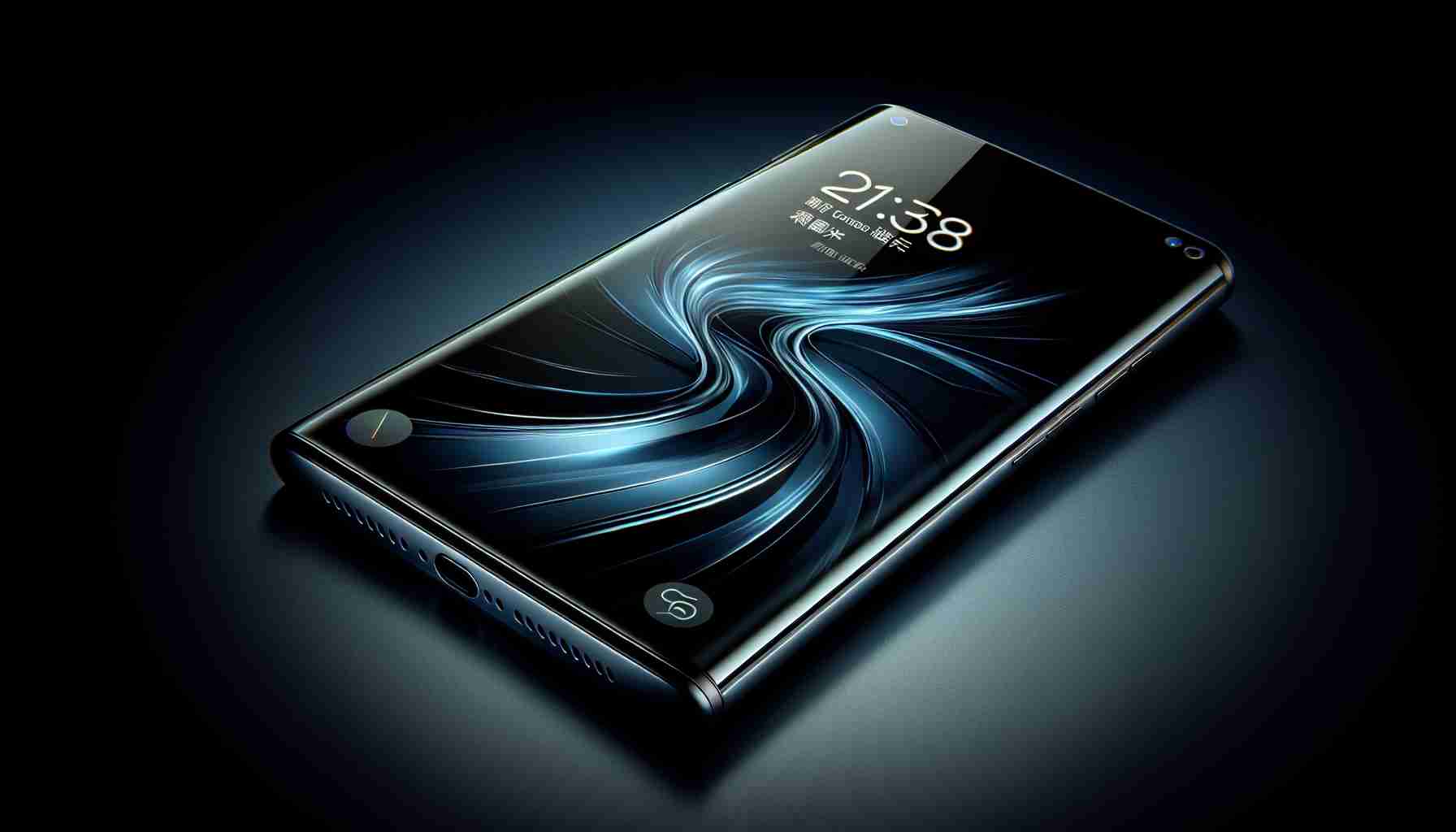In the latest smartphone face-off, Motorola unveils its Edge 50 Ultra, a powerhouse designed to challenge prominent players in the high-end market, directly contending with Google’s acclaimed Pixel 8 Pro. While both devices are vying for consumer attention, the distinguishing features between them are stark.
The Motorola Edge 50 Ultra boasts a unique wood or vegan leather back compared to the standard Gorilla Glass backing of the Pixel 8 Pro. It brings a fresh aesthetic to the table with its sophisticated camera design that sits flush with the body, and offers more compact dimensions despite sharing the same screen size with the Pixel.
When it comes to visuals, the Edge 50 Ultra features a 144Hz FHD+ display, promising smoother image transitions, whereas the Pixel 8 Pro delivers crisper images with a higher resolution screen and a 120Hz refresh rate. Nevertheless, both phones lay claim to impressive peak brightness levels, with the Motorola reported at 2,500 nits and the Pixel at a measured 1,449 nits.
Under the hood, the Edge 50 Ultra is powered by the latest Snapdragon 8s Gen 3 chipset that leans into generative AI and efficiency, while the Pixel 8 Pro prides itself on the Tensor G3 chipset, which is built around AI functionalities. Storage options favor Motorola with up to 1TB available, outpacing Pixel’s 256GB base option.
Software-wise, Google’s Pixel 8 Pro is fine-tuning its AI capabilities with each update. In contrast, Motorola’s Android 14 with Hello UI integration offers its own set of AI-inspired functionalities, although it may not be as advanced in certain areas like real-time language translation.
The camera contest is tight. Motorola equips the Edge 50 Ultra with a versatile triple-camera arrangement, including a 50MP main sensor, complemented by ultra-wide and telephoto lenses. The Pixel 8 Pro, prominent in the photography arena, matches up closely with its own set of high-quality sensors. Both aim to deliver outstanding photographic results, making the choice between the two even more challenging for photo enthusiasts.
Competition and Market Impact:
The release of the Motorola Edge 50 Ultra shakes up the high-end smartphone market, punctuating a heated competition between manufacturers. It’s crucial to note that both Motorola and Google are not just competing on hardware but also on ecosystem and brand loyalty, which can significantly impact consumer decisions.
Camera Technology Evolution:
While the article compares the camera capabilities of both phones, advancements in computational photography should be considered. Google’s software prowess in image processing has often set its Pixel lineup apart, suggesting an area where the Pixel 8 Pro might have an edge over the Motorola device. However, Motorola’s inclusion of a versatile triple-camera setup shows a commitment to variety in photo and video capturing options.
Software Updates and Ecosystem Integration:
Google’s reputation for timely and consistent software updates is a strong selling point for the Pixel series. Additionally, Pixel phones offer a tightly integrated experience with other Google services and products. The longevity of Motorola’s software support and how well the Edge 50 Ultra will mesh with existing devices and services may influence customer preferences.
Brand Perception and Loyalty:
A potential challenge for Motorola is the entrenched loyalty that Google has fostered among Pixel users. Overcoming this may require aggressive marketing and proving that the Edge 50 Ultra’s features are not just competitive but superior in some aspects.
Advantages and Disadvantages:
One possible advantage of the Motorola Edge 50 Ultra is its offering of a larger storage capacity, which is crucial for power users. A disadvantage might be less frequent software updates compared to Google’s Pixel lineup. For the Pixel 8 Pro, the advantage lies in the integration with Google’s suite of services and likely better software update support. However, a disadvantage may be the lower storage option, which might not meet the needs of users who require higher capacities for media and apps.
Suggested Peer Products:
For those interested in exploring similar high-end smartphones, other market competitors include the Samsung Galaxy S Series and Apple’s iPhone range.
For relevant links to main domains of the competing companies, please refer to their official websites as follows:
– Motorola: Motorola Official
– Google Pixel: Google Store
– Samsung: Samsung Official
– Apple: Apple Official
Please note that these URLs are provided to guide users to the main domains of the respective brands and not to specific product pages or articles. To find information on specific products, users should navigate from the main page to the relevant section.
